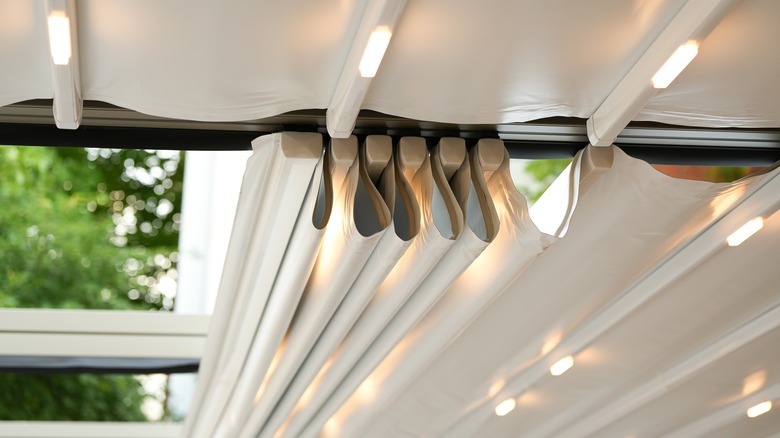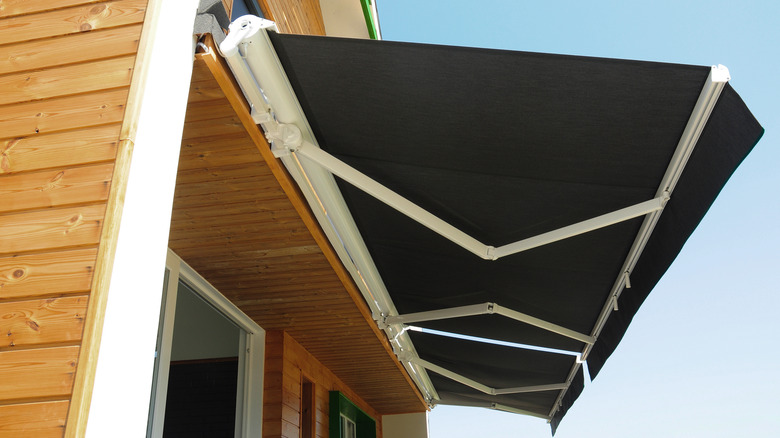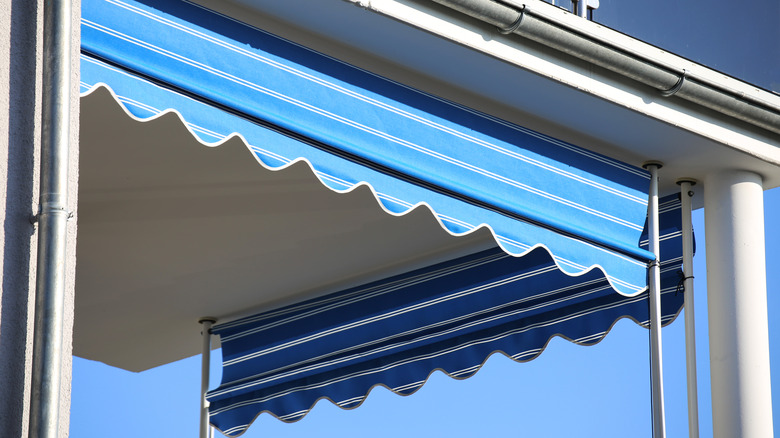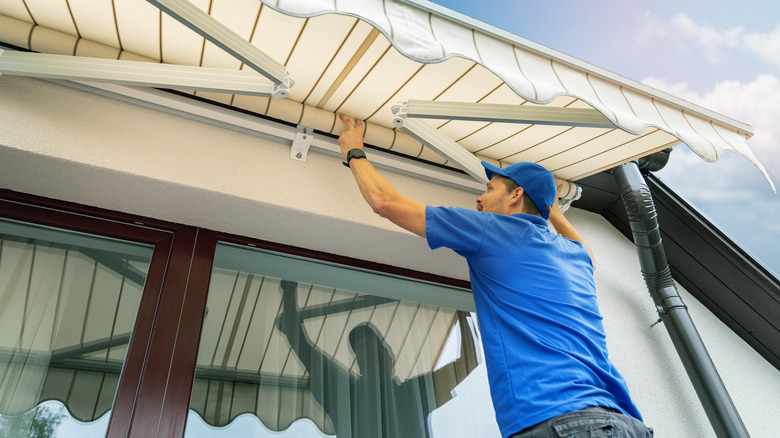Add Shade To Your Backyard Patio With These Different Retractable Awning Options
An awning is an entertaining essential for your outdoor space that allows you to use your backyard patio to your heart's content without worrying about sun or rain playing spoilsport. However, what do you do when you want to work on your natural tan or have a cleansing soak in the rain? You get a retractable awning. This adjustable cover offers more flexibility than its more traditional counterpart and is an easy way to make your backyard more relaxing. That being said, picking the right one among the different retractable awning options can be quite confusing.
For instance, you'll have to select among lateral, semi-cassette, side, and drop-down options. Selecting between freestanding and attached extensions is necessary, too. Plus, you need to take fabric, cost, size, style, level of UV protection, and rain and snow capacity into account. Additionally, you need to decide if you want to get a motorized or manual retractable awning. To make life easier for you, here are the different retractable awning options.
Lateral arm and semi-cassette retractable awnings
The frontrunner in the different types of retractable awning options is the folding lateral arm. The arms make it easier for these awnings to extend horizontally and offer coverage. Moreover, their two flexible arms are attached to hinges to roll them up when not in use. The cool part, though? The awning rests within a built-in cover in its retracted position. This makes it resistant to inclement weather. Since these awnings come in different sizes, styles, and shades, picking one that complements your personal taste and outdoor decor is simple. You can also choose between motorized and manual versions.
A semi-cassette awning is similar to a lateral arm in all aspects except one: Unlike their counterparts, semi-cassettes don't rest within an enclosure when retracted – they fold over themselves. There's a full-cassette version, too. Although neater and more aesthetically pleasing than their semi-versions, they require the hinge-supported arms to be placed within the cassette when not in use.
Drop-down, side, and pergola retractable awnings
Drop-down awnings, aka solar shades, are your best friend if you experience hot weather for the better part of the year and your semi-enclosed patio is mercilessly assaulted by the sun's rays. Once installed down the sides of your patio, you can control the amount of sunlight entering your backyard through a remote. Generally, the fabric is made of UV-resistant materials, keeping you and your outdoor furniture safe. This aspect also helps keep your patio cool when the sun is high in the sky. You can choose among see-through, semi-transparent, and obscure options based on your privacy needs.
Drop arm, aka side, awnings are another good option. They give you more control over the coverage area and are incredibly durable. Moreover, they can be opened or retracted manually or via a motor — the choice is yours. However, they're mostly used in commercial settings. If used residentially, they're reserved for windows and front porches. Alternatively, if you're looking for an awning to provide some extra shade to your pergola, a pergola retractable awning is your best bet. These drop covers are designed to go over your existing backyard feature and provide much-needed shade.
How to choose the right retractable awning option for your backyard patio
Even though a retractable awning is one of the most excellent ways to shade your patio, simply picking the type that tickles your fancy won't suffice. It's essential to consider the awning's material. The most popular materials include vinyl, acrylic, and aluminum. Vinyl is the top choice, as it can withstand water and slows down the spread of fire. Additionally, vinyl is lightweight and can be bent to your desires. Acrylic is another good option. It's waterproof and can bear the assault from the sun's UV rays. Contrastingly, aluminum lasts long, but this metal is susceptible to rust and absorbs heat.
You also need to choose an awning that falls within your budget. Based on the size you go for, you might have to cough up $3,500 or more (via Angi). The material you use will make a huge difference here. For instance, fabric awnings cost less than aluminum ones. Similarly, the method of control plays an important role. To elaborate, motorized covers that can be controlled via a button or remote (awnings with automated sensors fall under this category as well) are generally priced higher than those with mechanical levers. Additionally, the brand, installation costs, and permits affect the total costs. Further, freestanding and dependable versions are priced differently. Rain and snow coverage capacity and load will impact the price, too.



